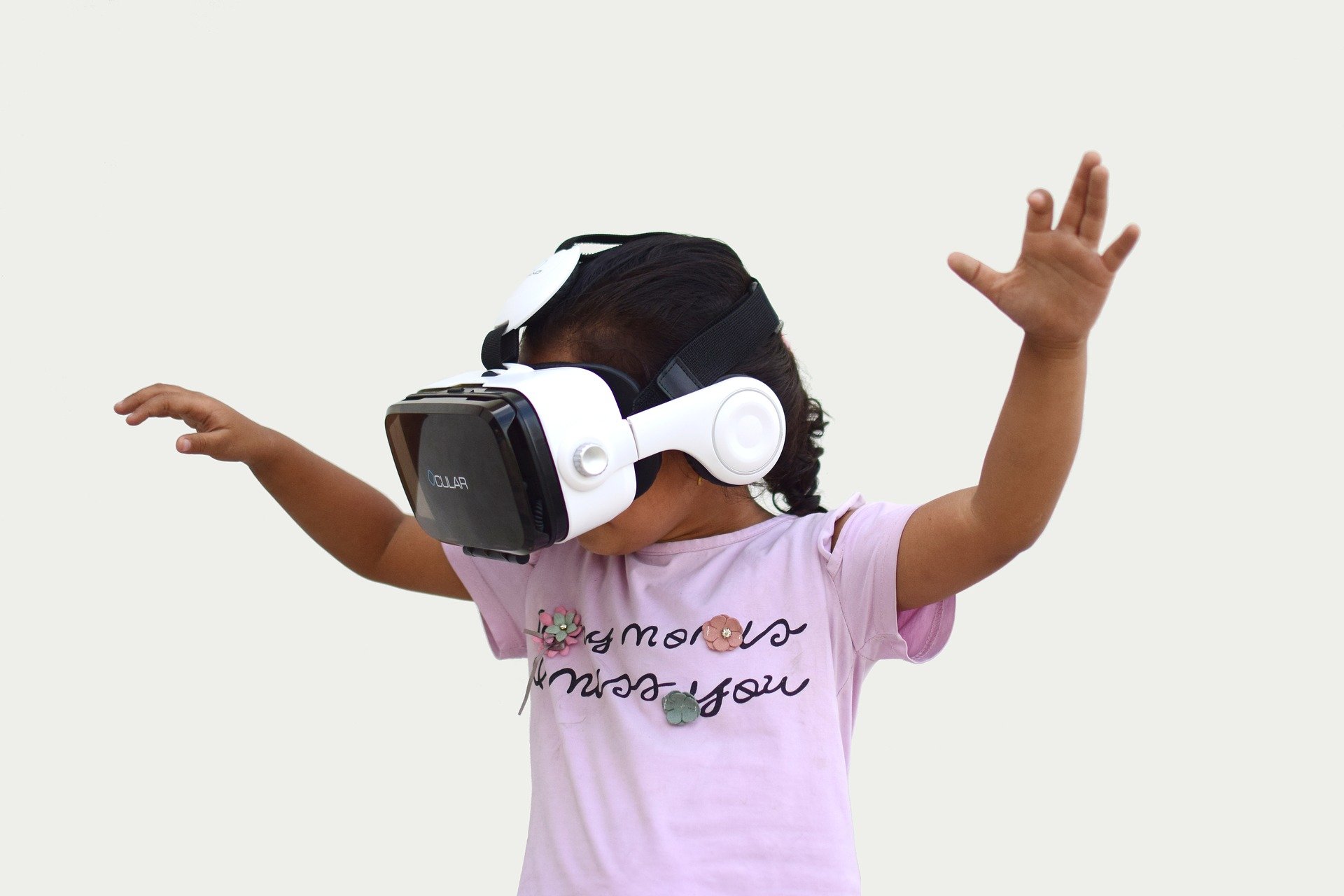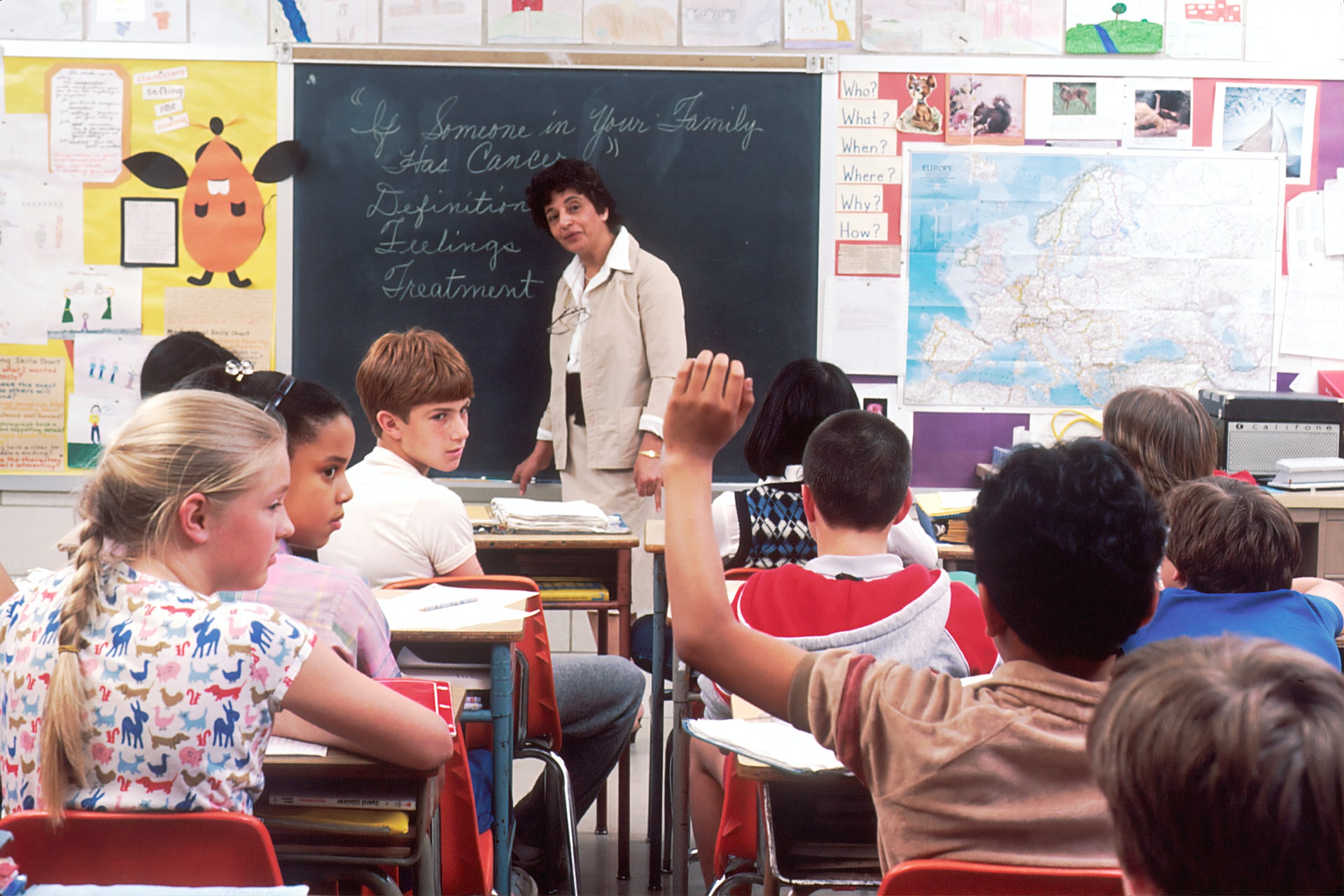Transforming the Classroom with Augmented Learning

Forbes documented the many ways that augmented reality (AR) has come to life in recent years. They list several award-winning apps that use AR. A few are:
- The “Gatwick Airport Passenger” App, which helps passengers navigate the airport;
- The “Dulux Visualizer” App, which lets you virtually scan and paint your room any color you choose;
- “Envisioned by the Mine” App, which lets you put 3D images of any type of accessory or furnishing in your home that Lowe’s offers;
- “Sephora Virtual Artist”, which allows you to “put makeup on” without actually touching brush to face;
- “Accuvein”, which doctors and nurses use to scan a patient’s vein network (it reduces escalations by 45%);
- And, of course, there are apps like the “BIC DrawyBook App” just for fun.
But what about the classroom? Can we see a future in transforming the classroom with augmented learning?
What Is “Augmented Learning”?
Augmented Learning is Augmented Reality (AR) used for learning. AR is a heightened version of reality created by integrating digital information into the real world. It creates more immersion, participation, and interaction than Virtual Reality (VR).
AR content is triggered when a trigger image is viewed or scanned on a mobile device. It could be a 3D animation, video, game, an image, a QR code, or anything else.
How Will Augmented Learning Transform My Classroom?
With its endless learning possibilities, there are many ways that AR will make your classroom better for your students:
- Augmented Learning increases engagement among the students.
- The learning experience created by AR can be as simple or complicated as you decide.
- Your students will never forget the immersive experience it creates. This is especially true of visual learners.
- It becomes much simpler to visualize what the teacher is explaining.
- Information and knowledge will be shared in dynamic and creatively integrated ways through effective videos and fun animations.
- You can create your own Augmented Learning or take advantage of the many apps that are already available.
- Students can create their own AR! When they do, you can use this as part of the learning experience, having them creating augmented learning experiences that coincide with what they’ve been learning!
- When a student is having fun working, it feels like play.
- It results in higher retention and greater completion rates due to the increased physical engagement of the student with their environment. This helps to bring them out of that sense of isolation. All of this together increases student satisfaction.
- It removes any language barriers that might be present, so this is perfect for ESL classes or classes in a foreign language.
When Is Augmented Learning Practical in My Classroom?
Although there are several AR mobile apps specifically designed for transforming the classroom with augmented learning, some subjects are not necessarily “ideal” for augmented learning. This is because, so far, much of the AR apps are heavy on the side of humanities, science, and the arts. Agriculture, health, teach training, and welfare seem to get forgotten. The remaining subjects fall somewhere in the middle. This fact aside, most learning in the classroom can be enhanced with AR.
Even when the subject is not necessarily “taught” in augmented learning, the teachers can still use AR to provide their students with that vital hands-on experience that every student needs. You see, when a student can engage with their materials one-on-one, it increases their level of engagement in the lesson. And when a student is more engaged, they learn more and retain more.
What Augmented Learning Apps Can I Use to Transform My Classroom?
Many AR mobile apps are promising to be the best out there, but can they really deliver in the classroom? Which ones really are the best? Which ones work for which subject? Here are a few of my favorites:
Math
English and Spelling
History
Science
Coding
Graphics and Design
Supplemental
In Conclusion
So then comes the real question: “Is tech really improving education? Or is it just turning our kids into tech addicts?”
You’ll be glad to know that not only does augmented reality transform students into willing learners, but technology actually boosts students’ confidence in the classroom, helping them want to learn more. AR also engages every sense, immersing the students in a new world full of experience and information. This is why so many teachers are transforming the classroom with augmented learning. With AR, teachers can safely and easily provide their students with a learning experience that makes learning fun, memorable, and recallable.






